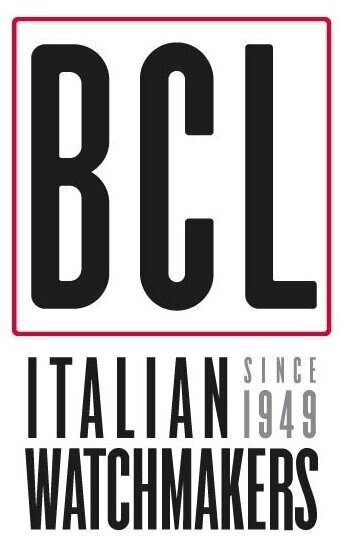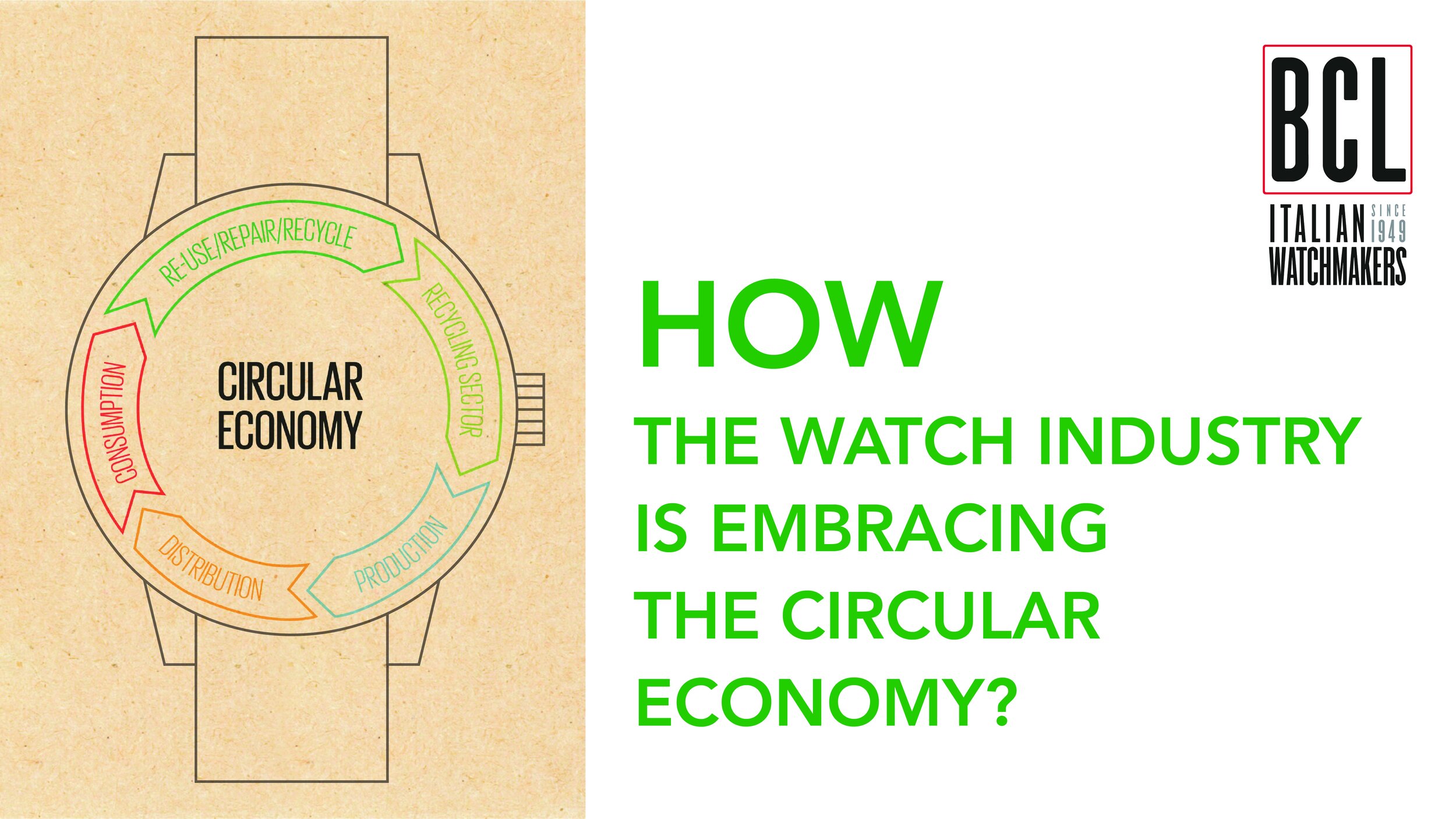How the watch industry is embracing the circular economy?
For most of its history, the watch industry has employed a take-make-dispose style of the linear economy. But now, under increasing pressure to make production processes more sustainable, big and small watch brands alike are moving towards a circular economy by incorporating recycled raw materials.
One of the most headline-grabbing circular economies used in 2021 was Panerai's Submersible eLAB-I. Based on an initiative from the brand's R&D workshop "Laboratorio di Idee", Panerai established a new supply chain by bringing in partners and suppliers from the aerospace and automotive industries to create the watch made of 98,6 percent recycled materials.
Although not all watchmakers are blessed with the same research and development capacity as Panerai, the Submersible eLAB-I certainly set a good example for the industry. More and more companies are using innovative approaches to material sourcing to make sought-after timepieces.
One such business is TRIWA - a Swedish watch manufacturer that uses metal from destroyed weapons for use in its recycled watches, while Dutch firm REW is turning classic cars into classic timepieces - a single automobile can sometimes be turned into a limited edition 250 models.
Also on the lower-price-range end of the market, the Danish company Circular Clockworks produces "circular" watches made from materials such as plastic granules produced from recycled electronic and electrical appliances, recycled televisions, and recycled fridges.
For watch companies unable to recycle the materials themselves, there are also many metal recycling plants selling their products to the watch industry.
Swiss-based firm Precycling is one such business. Every year they dismantle hundreds of thousands of watch components supplied by around twenty watch brands from the region. For the most part, these are unsold watches, but some are also factory-made parts with defects. The various metals - gold, silver, titanium, steel, and more - are manually sorted before being shredded and sent for recycling. They are then sold on to watch and medical companies for use in their new products.
Steel is the most commonly used raw material in the watchmaking industry, with the Swiss watch industry alone consuming 120,000 tons of it per year. Inspired by that fact, Swiss enterprise - Panatere - has established itself as Switzerland's first recycled stainless-steel business. Its reused output is becoming a crucial cog in the watch industry's global circular economy.
After facing problems with steel suppliers, the company turned to sourcing scrap metal from local companies five years ago. After four years, they could produce their first 50 tonnes of recycled and recyclable steel.
Precycling also made headlines in 2021 for providing the materials for the first 100 percent recycled steel watch, created by start-up ID Genève. The company has now announced that it is planning to recycle titanium for the watch industry and to build a solar-powered industrial oven that, in theory, will make it possible to use recycled steel endlessly.
These examples (and there are many more) demonstrate a noticeable shift in the industry towards incorporating reused materials into the production line and an apparent willingness to move towards a circular economy.

